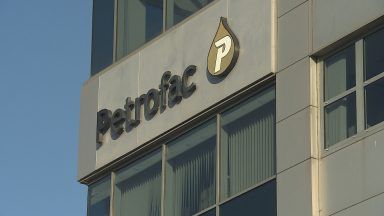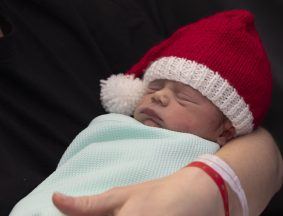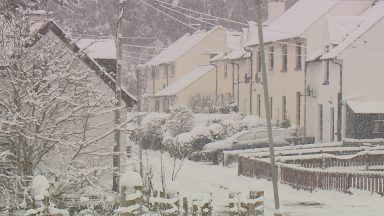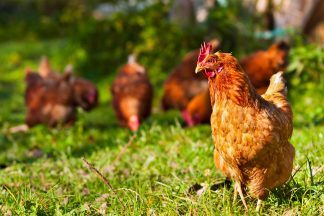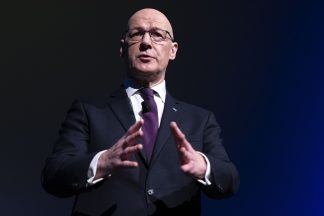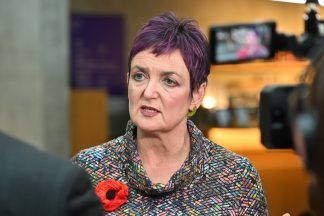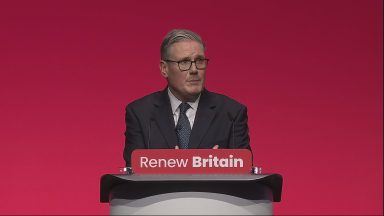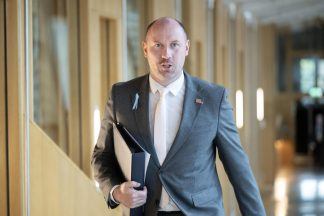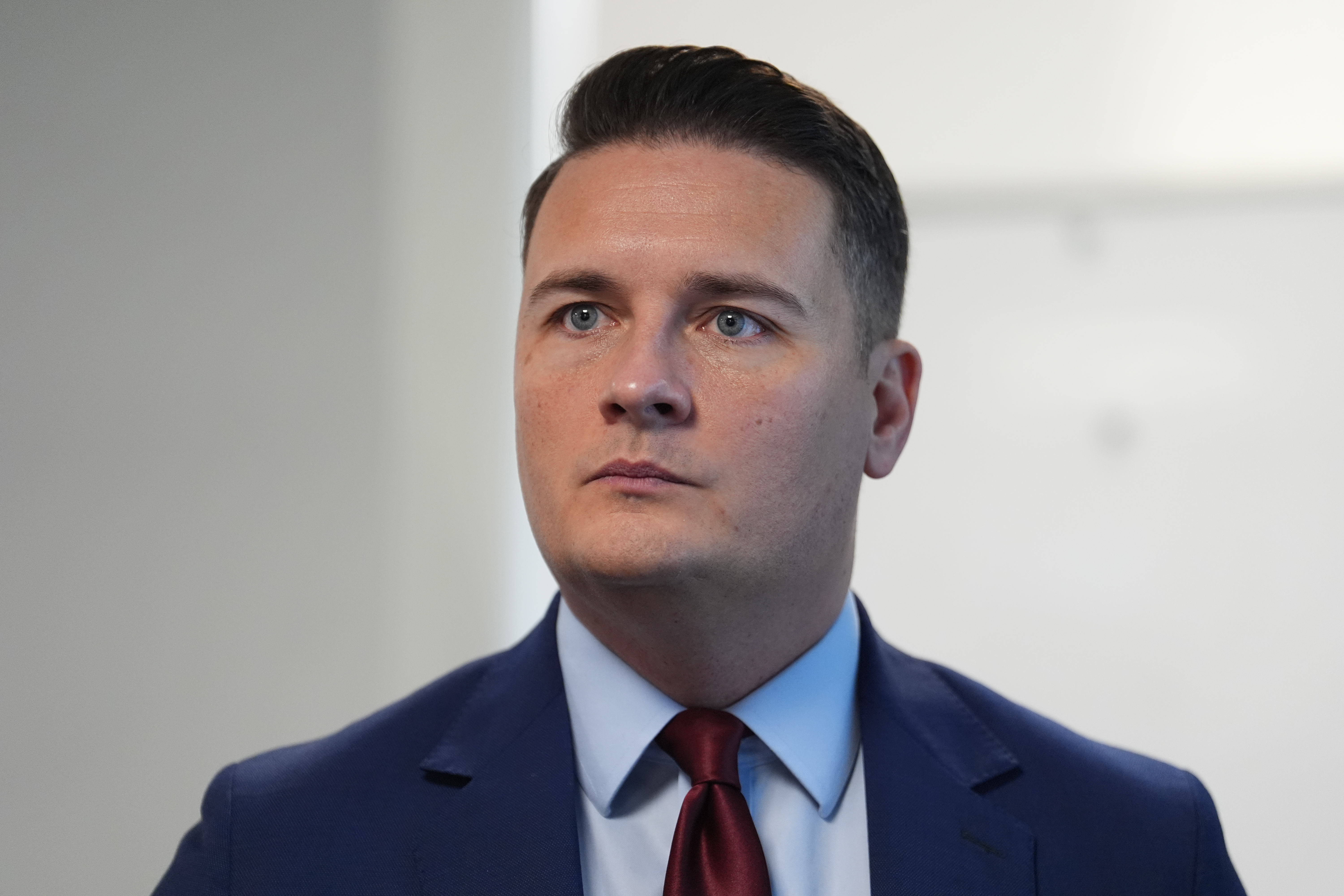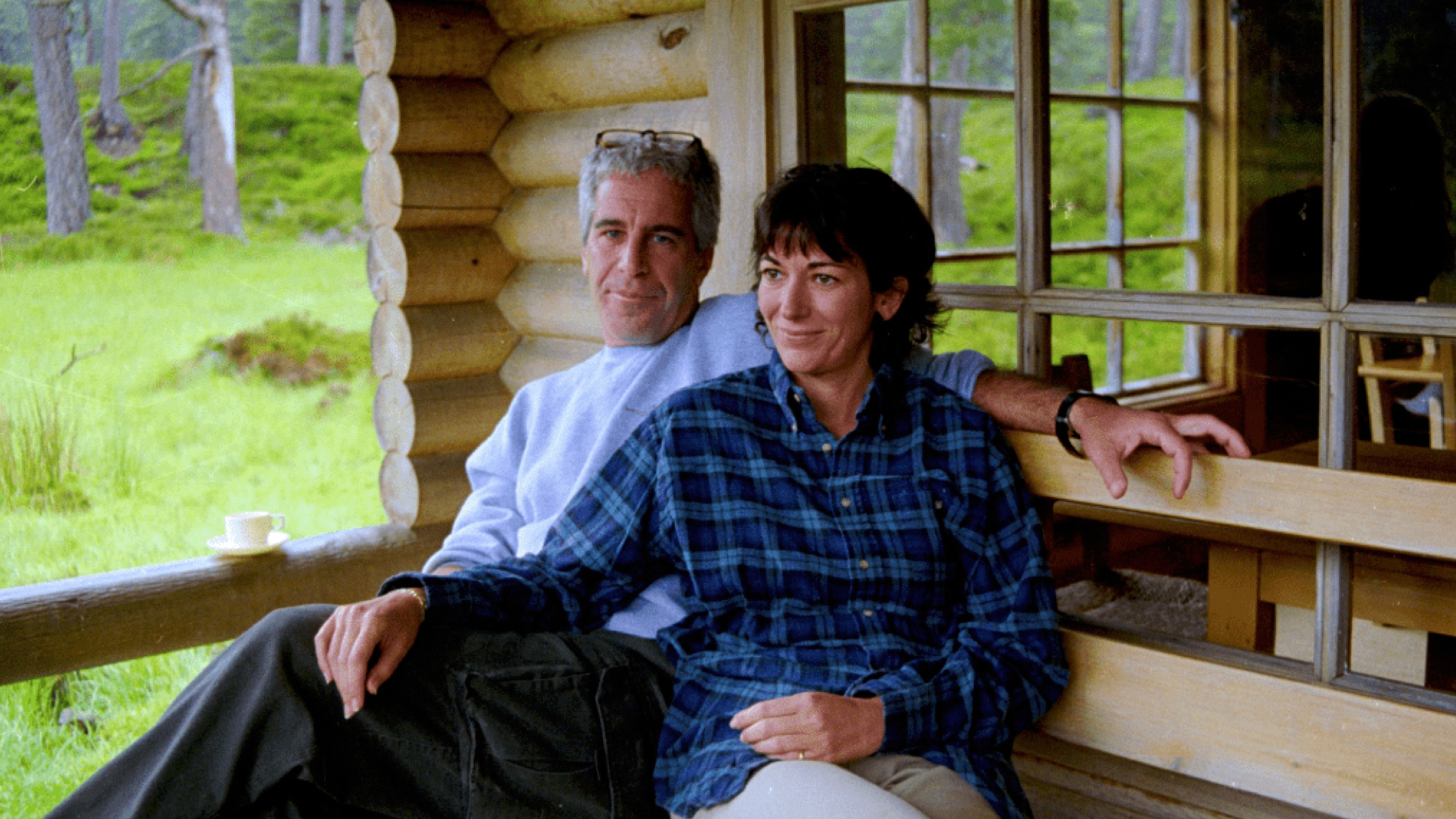Getting children back in education has been a priority in the Scottish Government’s battle against coronavirus.
Schools returned after lengthy closures on August 11, and all were supposed to be back full-time from August 18.
But Covid-19 has not gone away. Despite being driven to very low levels in Scotland earlier this summer, the gradual reopening of the economy has brought with it local clusters and rising national cases.
Some of those clusters have affected school pupils.
So how are schools bearing up against the challenges of a historic pandemic?
Cases
With some infections occurring among pupils and staff, it’s not been a smooth resumption of full-time education for all schools.
Speaking on Friday, Nicola Sturgeon was at pains to point out that the cases that have been identified were not transmitted within schools but within the community.
In some instances, large indoor gatherings like house parties have been blamed.
North-east Glasgow has seen 16 confirmed cases, some of which are linked to Bannerman High school in Baillieston.
There are also cases at three different high schools in North Lanarkshire: St Andrew’s High and St Ambrose High in Coatbridge and in Caldervale High in Airdrie.
An entire primary school class and their teacher are in isolation in St Albert’s Primary in Pollokshields, Glasgow, after a confirmed case.
Two primary pupils at two different schools in Perth and Kinross are self-isolating after contracting the virus.
One pupil attends Newhill Primary School in Blairgowrie and the other attends Oakbank Primary School in Perth.
And Kingspark School in Dundee, an additional support needs school, is closed after eight adults connected to the school tested positive.
Meanwhile, Aberdeen’s Oldmachar Academy shut earlier on Friday for deep cleaning after one Covid infection was identified.
Social distancing

While primary school pupils are not required to physically distance from each other, secondary pupils are encouraged to where possible.
Staff should also socially distance from other adults as well as pupils, and wear a mask when they cannot.
They are among the mitigating measures, along with increased hygiene protocols and staggered start and finish times, that have allowed schools to reopen full-time at all.
But images surfacing on social media in recent days at a number of high schools have shown pupils crammed together in corridors or canteens – with distancing, seemingly, impossible.
One such case was at St Peter the Apostle High School in Clydebank, where pictures also showed students congregating in the playground in large numbers.
The First Minister said when congestion like that occurs at schools, the directors of education at the relevant local authority will be contacted.
West Dunbartonshire Council, which oversees the school, said the images were “taken on the first day all pupils returned to the building together and as they tried to adapt to the new systems in place”.
The school has a one-way system in place and restricts pupil movements between classes, and has also introduced areas where pupils can remain safely indoors in small groups during times of poor weather.
Face coverings?

The lack of mandatory face coverings in schools has been a bone of contention for many.
Masks are compulsory for pupils over the age of five travelling into school on public transport.
But for those using school transport, the same rules don’t apply – an example of what critics describe as inconsistencies in the official advice.
Under existing guidance, the only people required to wear face coverings in school are staff when they have close personal contact with a pupil for an extended period of time.
That said, there is nothing to stop anyone wearing a face covering if they want to, pupil or teacher.
A recent survey of nearly 30,000 teachers by the EIS teaching union found 41% supported the mandatory face coverings for older pupils in classrooms.
The union’s general secretary Larry Flanagan has called for stronger guidance on the issue and for measures to reduce class sizes.
He has questioned why social distancing and face covering rules must be observed in, for example, museums – but not in classrooms “where up to 33 pupils may be in a closed confined area… with as many different households as there are people”.
Speaking on Friday, the First Minister hinted that the guidance could soon be changed in the near future, raising the “possibility” older pupils could have to wear masks.
Education secretary John Swinney and his education recovery group have been considering the issue.
Follow STV News on WhatsApp
Scan the QR code on your mobile device for all the latest news from around the country




